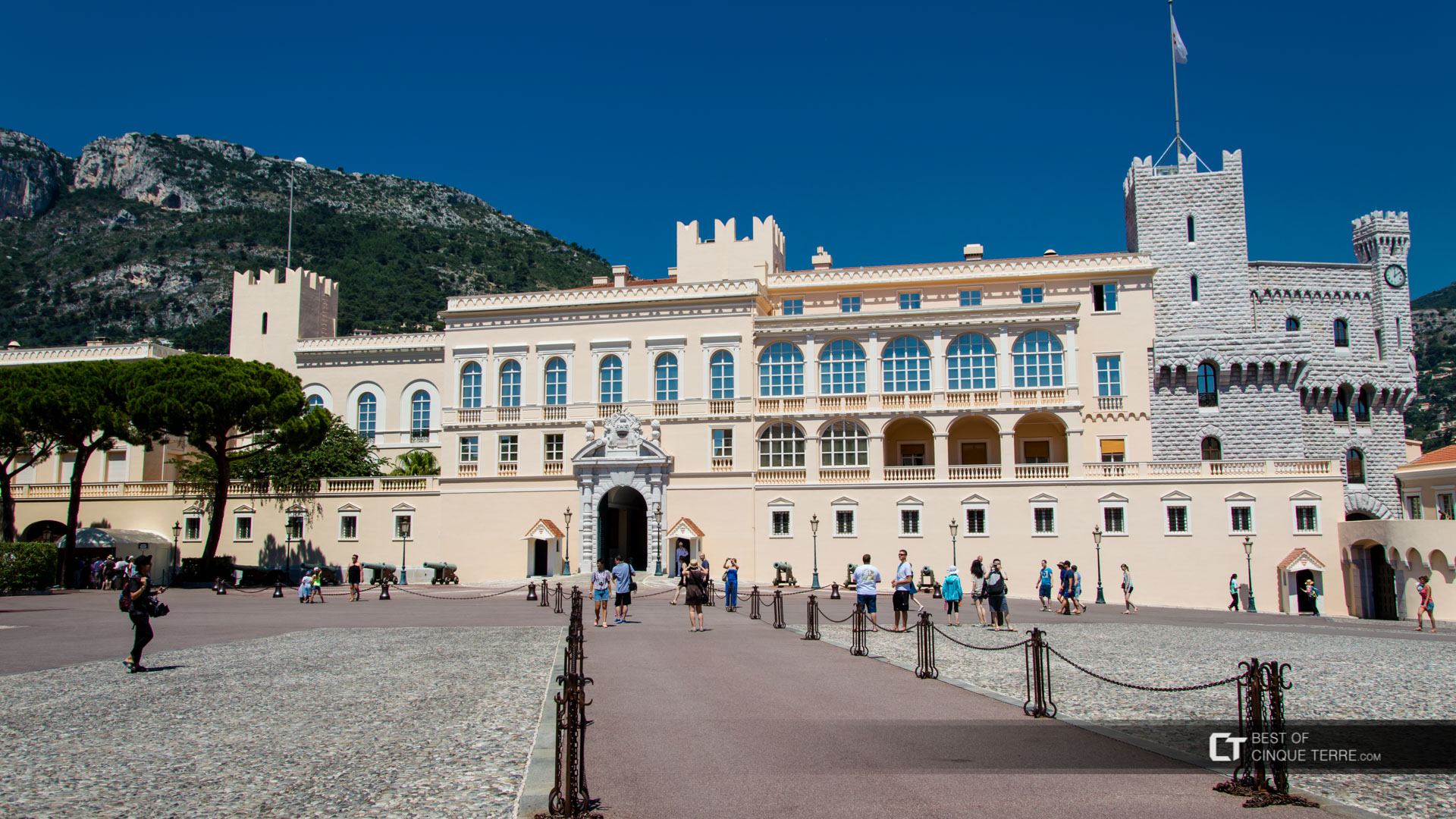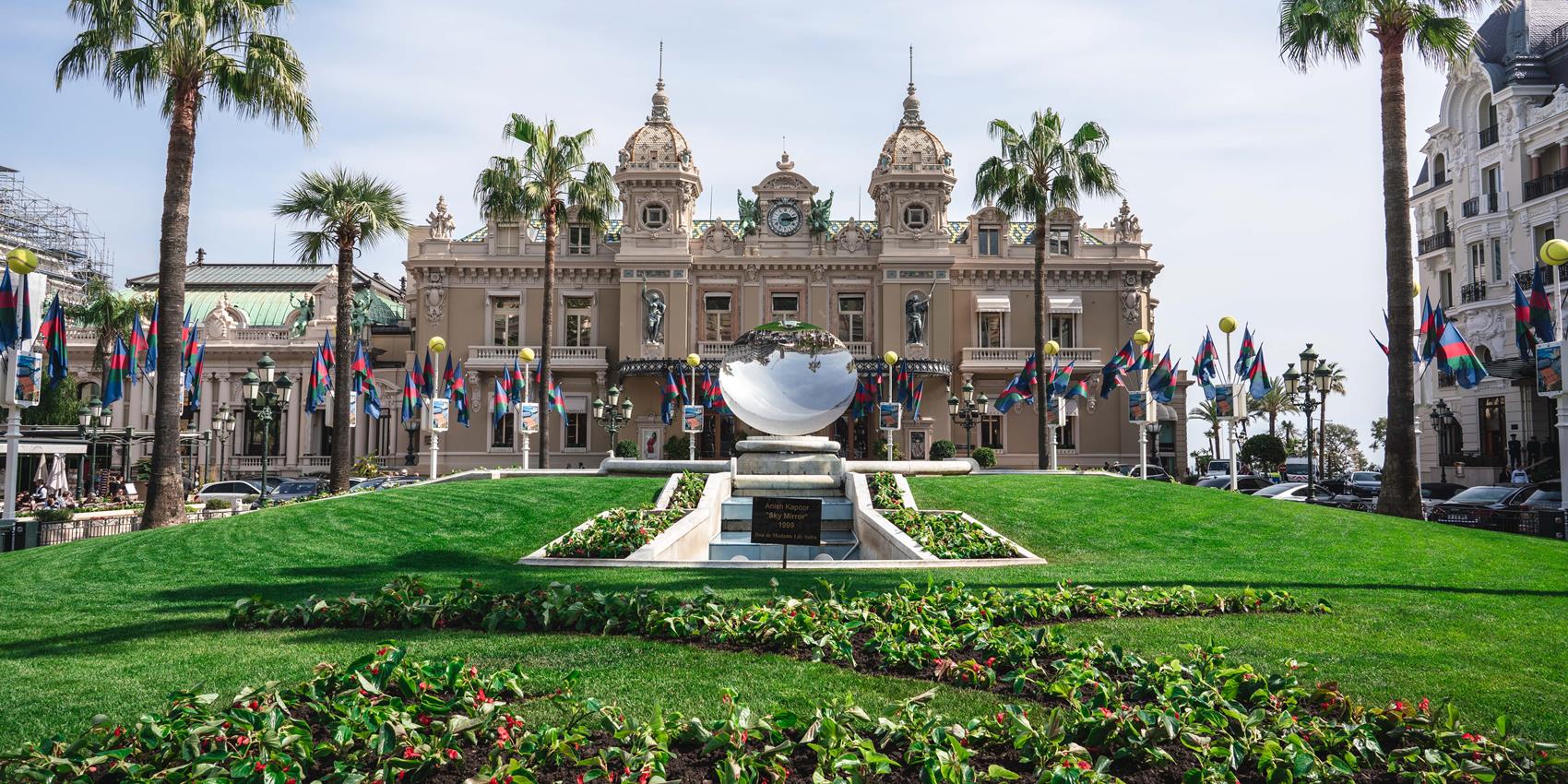Casino Di Montecarlo

The Casino de Monte-Carlo opens its doors for you to win the jackpot! Let yourself be seduced by this iconic casino that is constantly reinventing itself to offer a unique gaming experience. Discover Fairmont Monte Carlo, hotel in Monte Carlo and enjoy the hotel's spacious, comfortable rooms in Fairmont Hotel. Feel welcome to our elegant and luxurious hotel where we will make your stay an unforgettable experience. On average, 3-star hotels in Monte Carlo cost $288 per night, and 4-star hotels in Monte Carlo are $425 per night. If you're looking for something really special, a 5-star hotel in Monte Carlo can be found for $818 per night, on average (based on Booking.com prices). Monte Carlo Casino, located in Monte Carlo city, in Monaco, is a casino and a tourist attraction. Monte Carlo Casino has been depicted in many books, including Ben Mezrich 's Busting Vegas, where a group of Massachusetts Institute of Technology students beat the casino out of nearly $1 million.
The Opéra de Monte-Carlo is an opera house which is part of the Monte Carlo Casino located in the Principality of Monaco.

With the lack of cultural diversions available in Monaco in the 1870s, Prince Charles III, along with the Société des bains de mer, decided to include a concert hall as part of the casino. The main public entrance to the hall was from the casino, while Charles III's private entrance was on the western side. It opened in 1879 and became known as the Salle Garnier, after the architect Charles Garnier, who designed it.
During the renovation of the Salle Garnier in 2004–05, the company presented operas at the Salle des Princes in the local Grimaldi Forum, a modern conference and performance facility where Les Ballets de Monte Carlo and the Monte-Carlo Philharmonic Orchestra regularly perform.
Salle Garnier[edit]
The architect Charles Garnier also designed the Paris opera house now known as the Palais Garnier. The Salle Garnier is much smaller, seating 524, compared to about 2,000 for the Palais Garnier, and unlike the Paris theatre, which was started in 1861 and only completed in 1875, the Salle Garnier was constructed in only eight and a half months. Nevertheless, its ornate style was heavily influenced by that of the Palais Garnier, and many of the same artists worked on both theatres, including Gustave Boulanger.[1] Although the Monte Carlo theatre was not originally intended for opera, it was soon used frequently for that purpose and was remodeled in 1898–99 by Henri Schmit, primarily in the stage area, to make it more suitable for opera.[2]
The hall was inaugurated on 25 January 1879 with a performance by Sarah Bernhardt dressed as a nymph. The first opera performed there was Robert Planquette's Le Chevalier Gaston on 8 February 1879, followed by three additional operas in the first season.
With the influence of the first director, Jules Cohen (who was instrumental in bringing Adelina Patti) and the fortunate combination of Raoul Gunsbourg, the new director from 1892, and Princess Alice, the opera-loving American wife of Charles III's successor, Albert I, the company was thrust onto the world's opera community stage. Gunsbourg remained for sixty years, overseeing such premiere productions as Hector Berlioz's La damnation de Faust in 1893, and the first appearances in January 1894 of the heroic Italian tenor Francesco Tamagno in Verdi's Otello, whose title role he had created for the opera's premiere in Italy. Conductor Arturo Vigna served as music director of the Monte Carlo Opera from 1895–1903.[3]
By the early years of the twentieth century, the Salle Garnier was to see such great performers as Nellie Melba and Enrico Caruso in La bohème and Rigoletto (in 1902), and Feodor Chaliapin in the premiere of Jules Massenet's Don Quichotte (1910). This production formed part of a long association between the company and Massenet and his operas, two of which were presented there posthumously.
Other famous twentieth-century singers to appear at Monte Carlo included Titta Ruffo, Geraldine Farrar, Mary Garden, Tito Schipa, Beniamino Gigli, Claudia Muzio, Georges Thill, Lily Pons, and Mary McCormic.
Apart from Massenet, composers whose works had their first performances at Monte Carlo included: Saint-Saëns (Hélène, 1904); Mascagni(Amica, 1905); and Puccini(La rondine, 1917). Indeed, since its inauguration, the theatre has hosted 45 world premiere productions of operas. René Blum was retained to found the Ballets Russes de Monte-Carlo. The 'Golden Age' of the Salle Garnier has passed, since small companies with small houses are not able to mount highly expensive productions. Nonetheless, the present day company still presents a season containing five or six operas.
Gala Events in Salle Garnier[edit]
Twice in its 130-year history the Opéra was transformed into a spectacular venue to host gala-dinners. The first occasion was in 1966 for the celebration of centenary of Monte-Carlo hosted by Grace Kelly and Rainier III; the second was for the royal wedding of Prince Albert II and Princess Charlene.[4] The Opéra was transformed for the third time on 27 July 2013 to host the Love Ball, a fundraising gala event organised by the Naked Heart Foundation.[5]

See also[edit]
References[edit]
Notes
- ^Bouvet (1925).
- ^Folli & Merello, pp. 116, 118, 122, 136; Bouvier, p. 190.
- ^'Obituary:Arturo Vigna'(PDF). The New York Times. January 30, 1927.
- ^'The Wedding Dinner'Archived 2013-02-14 at the Wayback Machine on palais.mc
- ^Miles Socha, 'The Naked Heart Foundation Benefit Set for July in Monaco', 11 June 2013 on wwd.com
Sources

- Bonillo, Jean-Lucien, et al. (2004). Charles Garnier and Gustave Eiffel on the French and Italian Rivieras: The Dream of Reason (in English and French). Marseilles: Editions Imbernon. ISBN9782951639614.
- Bouvet, Charles (1925). 'Gustave Boulanger, Collaborateur de Charles Garnier à l'Opéra', Gazette des Beaux-Arts, Nov. 1925, pp. 301-311.
- Bouvier, Béatrice (2004). 'Inventaires' in Bonillo et al. pp. 186–205.
- Folli, Andrea; Merello, Gisella (2004). 'The Splendour of the Garnier Rooms at the Monte Carlo Casino' in Bonillo et al. 2004.
- Zietz, Karyl Lynn (1991). Opera: The Guide to Western Europe's Great Houses. Santa Fe, New Mexico: John Muir Publications. ISBN0-945465-81-5.
External links[edit]
- Panoramic views and giant photos of the decorations of the Salle Garnier by Dr. Giuseppe Mazza.
Coordinates: 43°44′20″N7°25′43″E / 43.73886°N 7.428481°E
Built in 1863 by Charles Garnier, the Monte Carlo Casino is no doubt the most beautiful casino of the world. Before going in, you remain a few minutes in front of the entrance in order to look carefully at this show : the lights, the atmosphere... the Casino totally changes at night. It is incredible. You are fascinated by the outside and you decide to enter. It is an architectural master-piece : frescoes and sculptures surround the gaming table.
European and English roulette, Black Jack, Craps... people gather around the tables ; they are curious and excited. You try to play at the roulette table and you realise one of your dreams : playing at Monaco Casino. It is so magic.
Casino Di Montecarlo Riapertura
When you leave the Casino, you decide to :
Monaco is a unique touristic venue with a large capacity to welcome visitors thanks to its 15 hotels and more than 2500 rooms.
You can find other clues by visiting « Monte-Carlo by Day»